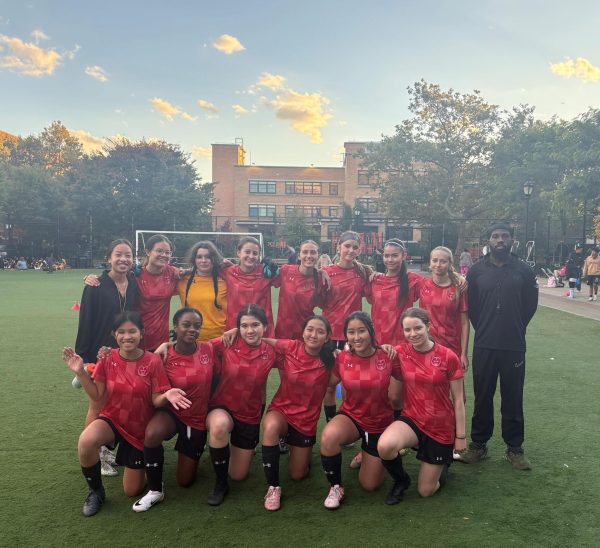The Double Standard for Women
Image by Werner Heiber from Pixabay
Due to the COVID-19 pandemic, biases in the workplace against women have been exacerbated.
Gender Equality in the Workplace
In September 2020, more than 800,000 women left the workforce. The number of women in the workforce is now below 57%, the lowest it has been since 1988. There have been so many women who climbed up in the professional field, yet now nearly 40 years of progress has been decimated in the last few months. Not only are these statistics caused by the spike of layoffs, but also because women are leaving their respective jobs due to the demands of childcare. Women have long faced stereotypes of being too emotional and prioritizing family over career. These biases against women have existed in society for centuries, and now during the COVID-19 pandemic it has exacerbated. As Alice Rossi, a renowned feminist who fought for gender equality, once said: “Women who have successively combined child-rearing and careers are considered out of the ordinary.”
Last week, I interviewed Dr. Maria D’Agostino, a professor at John Jay College of Criminal Justice in New York City and co-director of the department of Women in the Public Sector. In addition to teaching classes such as Public Administration and Gender Equality, she also authors and coauthors research publications and books on the topic of women in Public Administration. The topic of our discussion focused on the contemporary struggles women face in the workplace and her opinions on how to remedy the gender equality gap. The biggest challenge for women in the work field, according to Dr. D’Agostino, is the burden of childcare. Too many women are expected to balance the role of motherhood, housework, and a full-time professional career. The expectation of women fulfilling all of these roles are deeply ingrained in the way society runs. Dr. D’Agostino cited the best way to remedy this structural bias is by providing universal child care that is accessible to families across the United States. I took what I had learned from my interview with Dr. D’Agostino and conducted further research. It turns out that President-Elect Joe Biden has a detailed plan for improving caregiving across the country. When he takes office, he intends to “ensure access to high-quality, affordable child care and offer universal preschool to three-and four-year-olds” and also “build safe, energy-efficient, developmentally appropriate child care facilities.” When this plan goes into action, it will be a step that will alleviate some of the stress women are facing.
The other part of my discussion with Dr. D’Agostino focused on the obstacles Black and Latinx women encounter in the workplace. Black and Latinx women earn less wages compared to White and Asian women. According to the Economic Policy Institute in 2017, “Black women take home $7.63 less per hour and Hispanic women take home $8.90 less per hour” compared to a white man. Besides pay discrepancies, Black women are less likely to be given promotion opportunities to advance their careers and are underrepresented in high paying jobs. Besides establishing policies to mitigate discrimination in hiring women of color, many companies are taking an initiative on their own to diversify their workforce. For example, Accenture, a multinational professional service company, has set a goal to “increase the representation of African American and Black people from 9% to 12%; and the representation of Hispanic American and Latinx people from 9.5% to 13%.” Gradual changes such as these will eventually make a great and positive impact on achieving gender equality. There is so much more work to be done but with time and a social consensus, women will be able to achieve equal footing in the workplace.
Courtney is a senior at BASIS Independent Brooklyn. She enjoys volunteering at the Prospect Park Zoo and the New-York Historical Society. Courtney looks...






